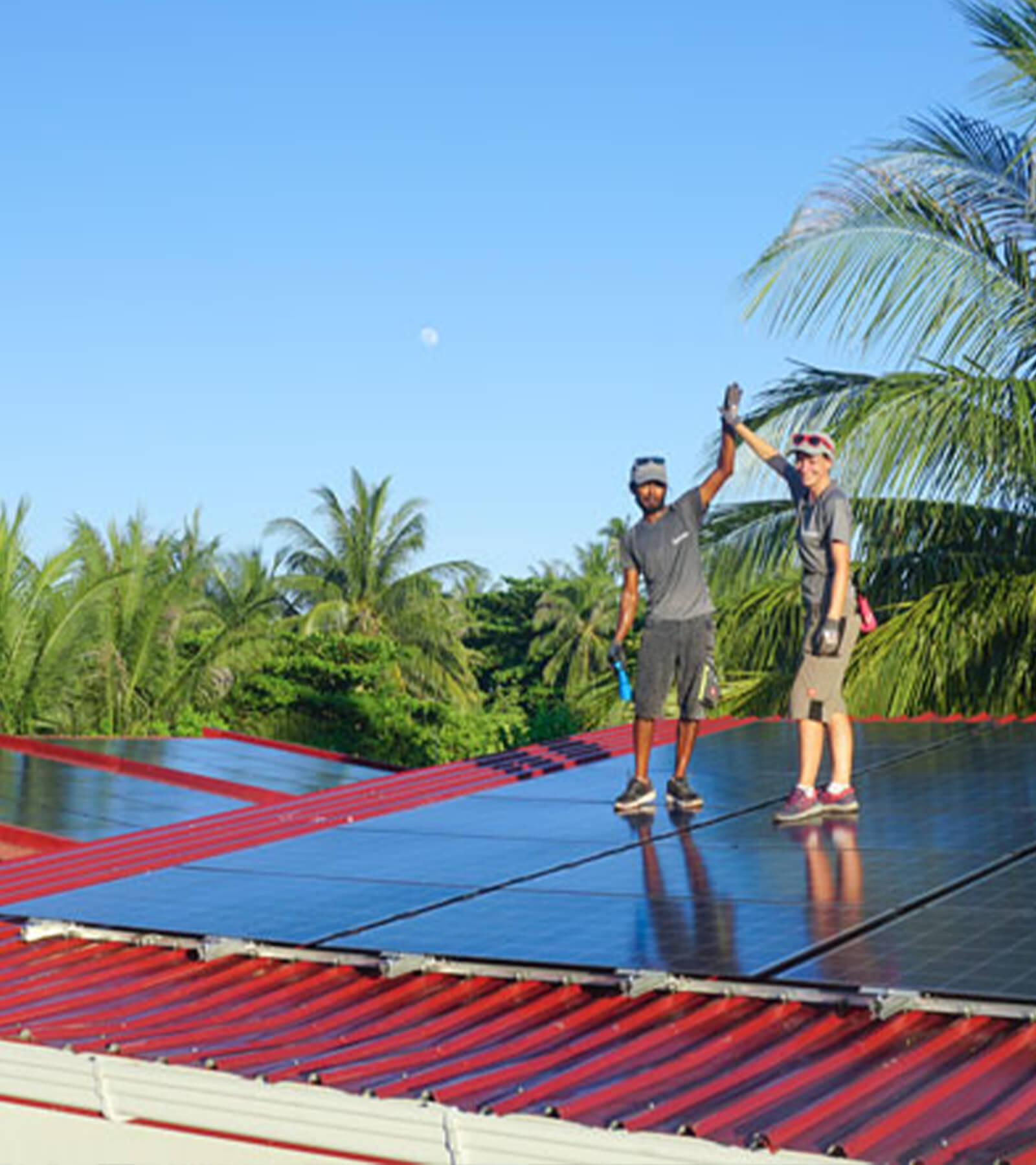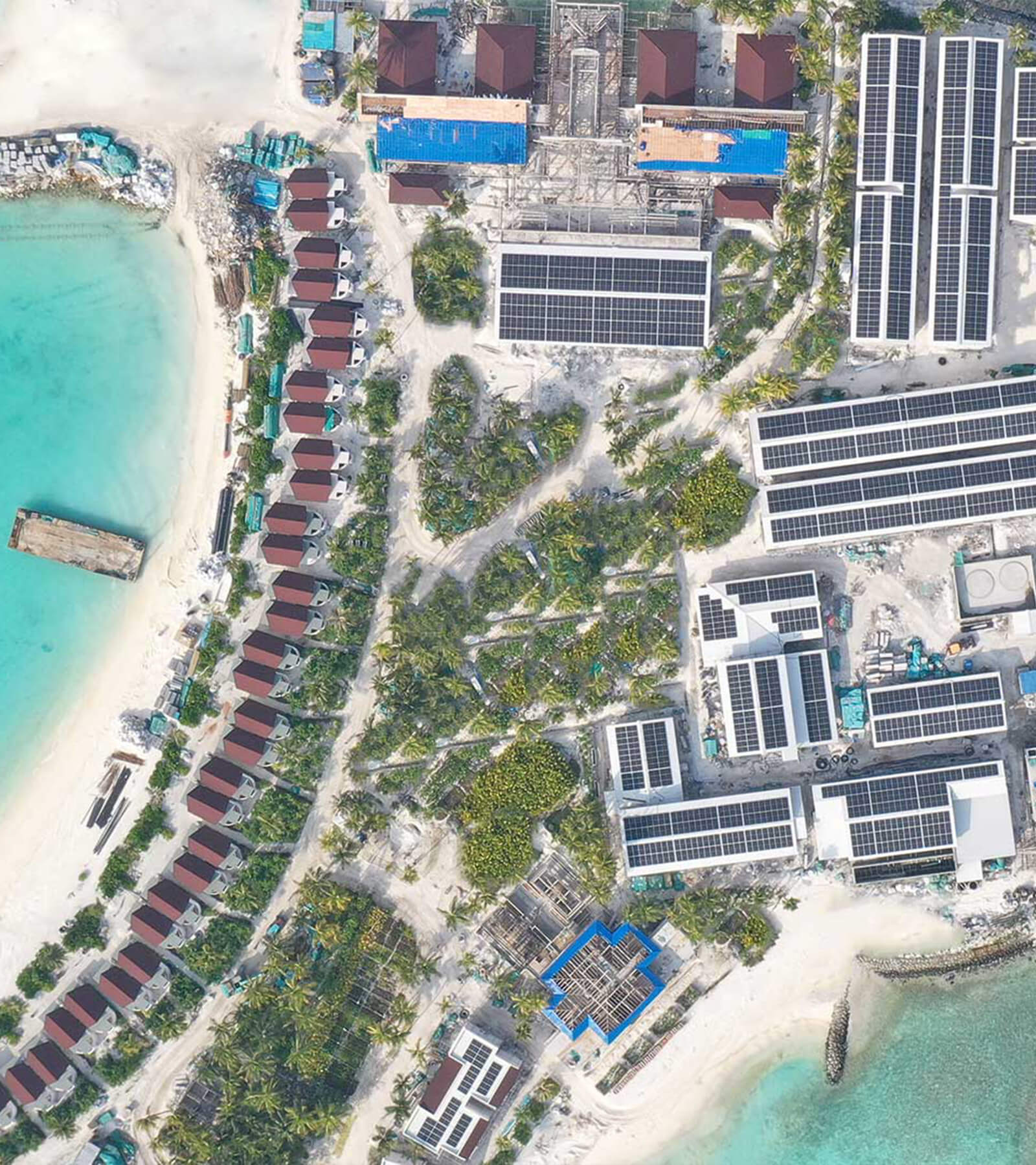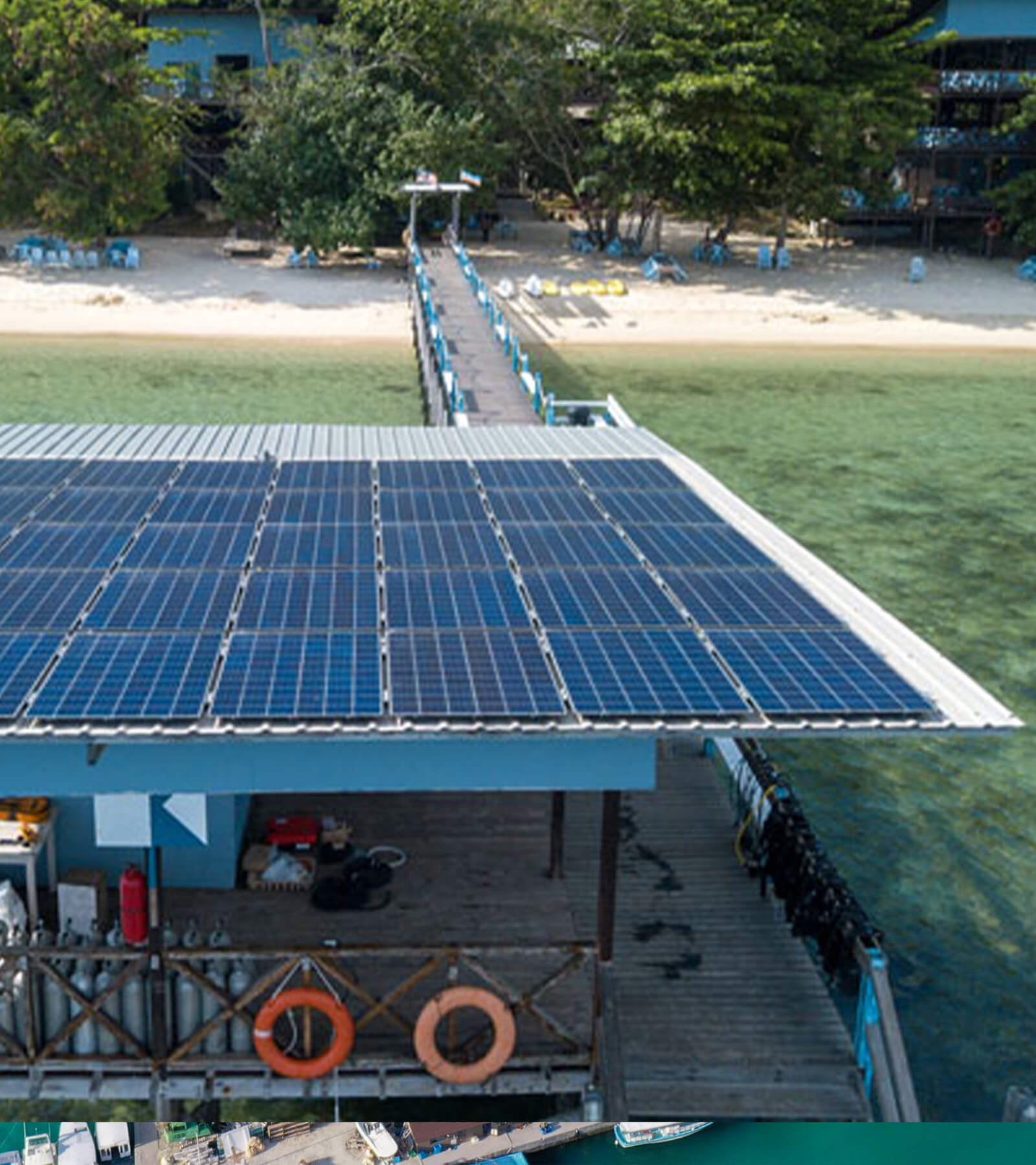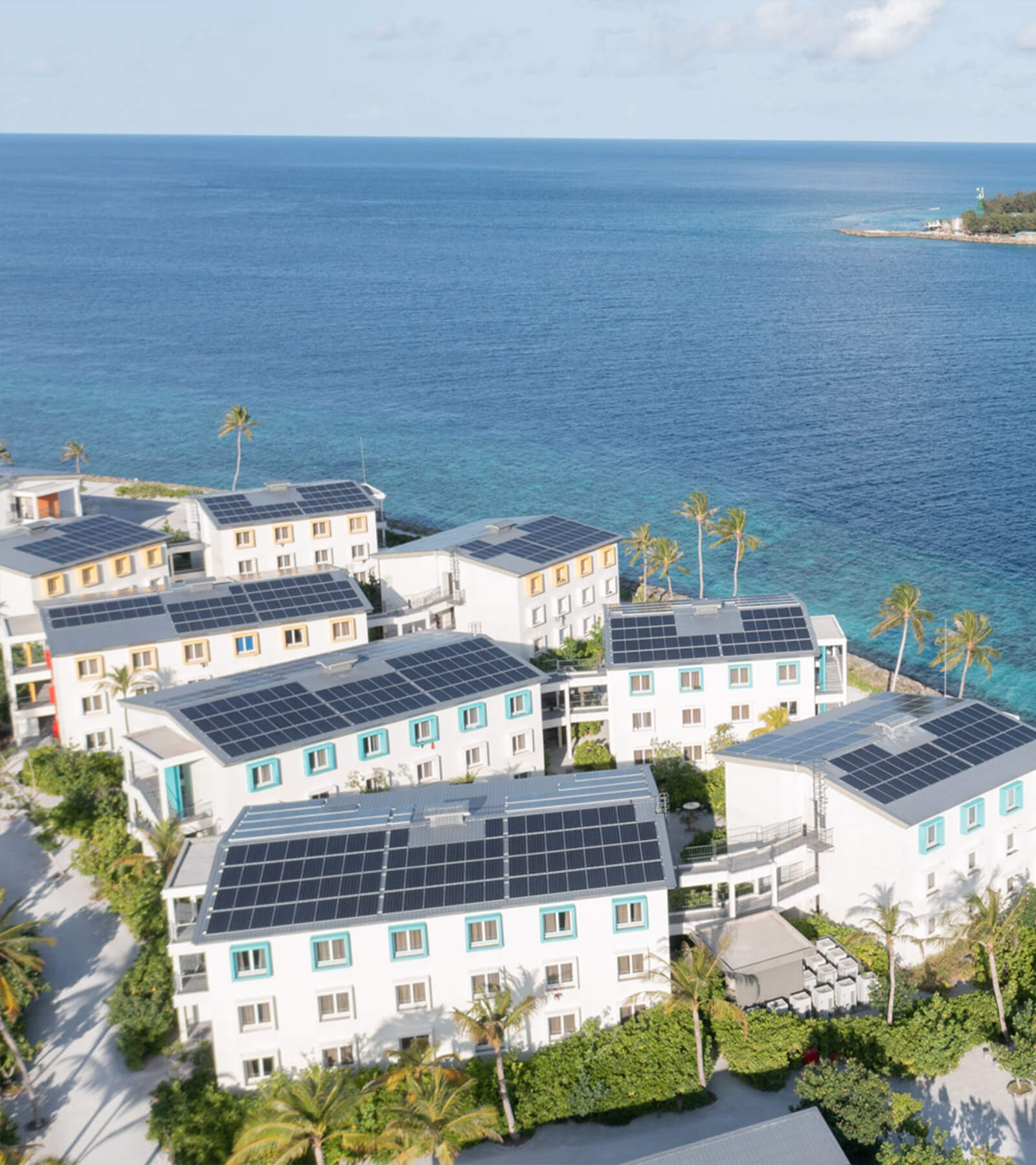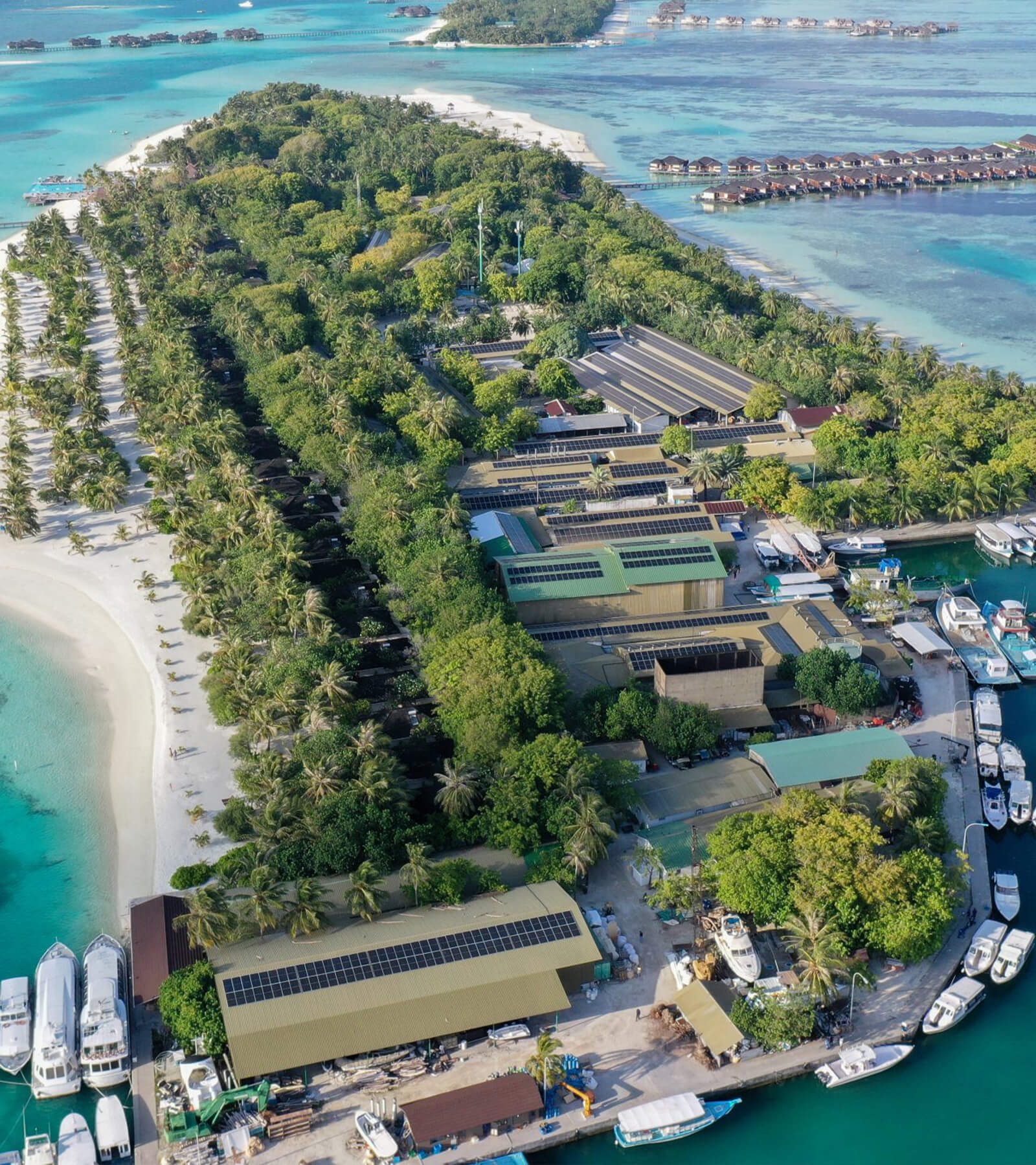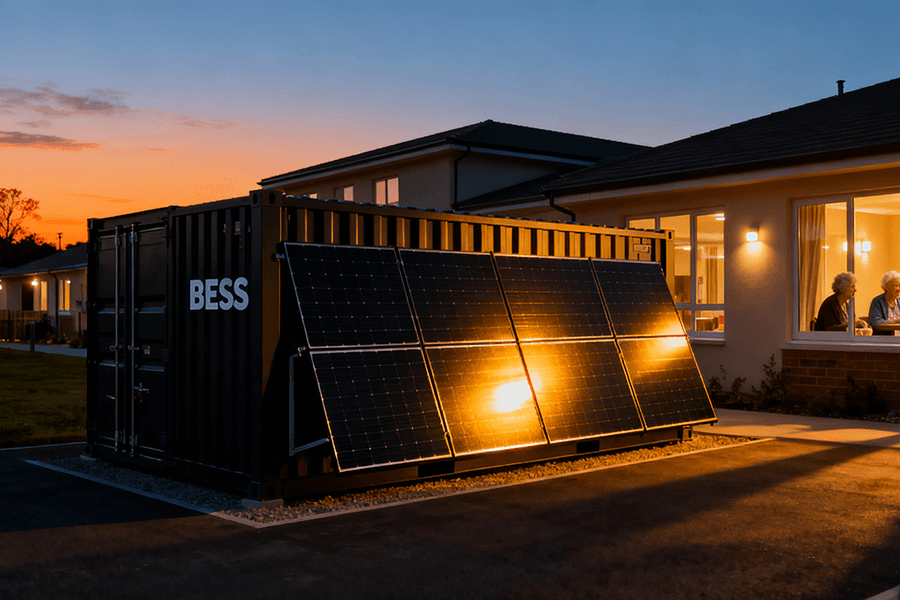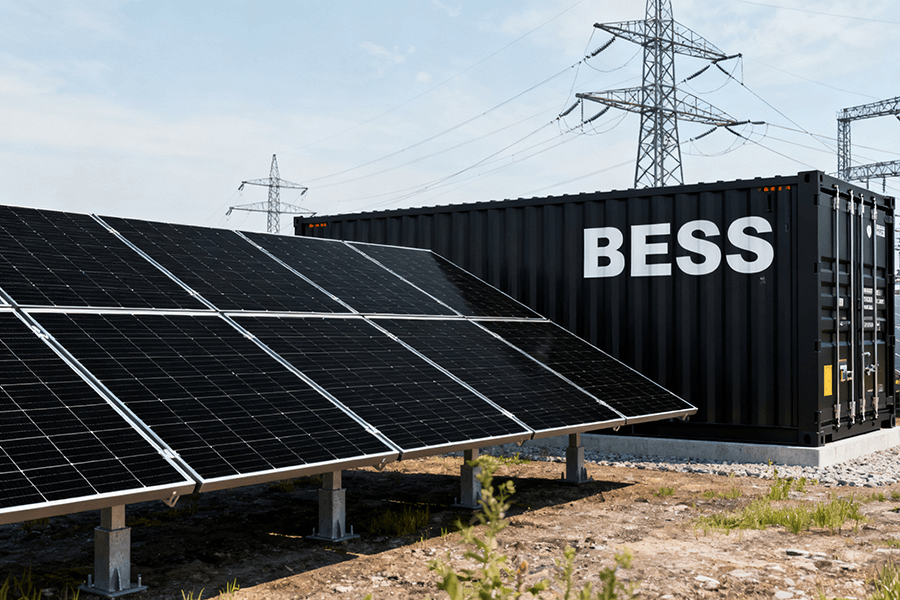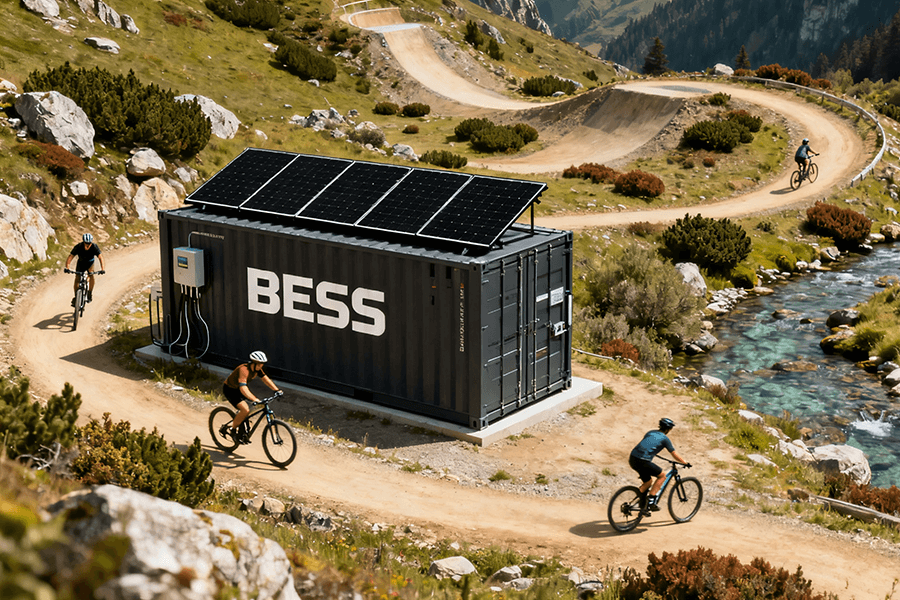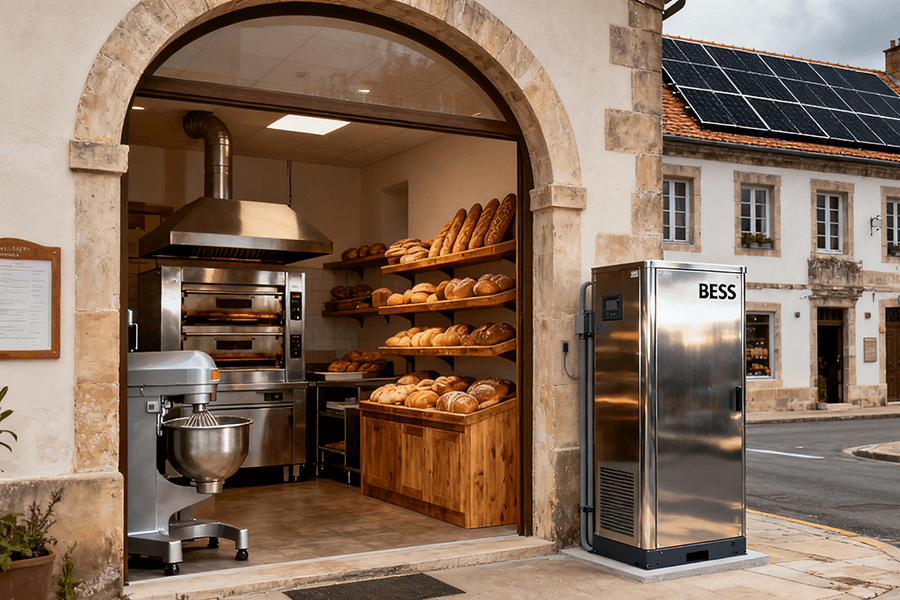This irreverent guide exposes the real factors driving residential solar panel costs in 2025. Discover why sloped roofs save €1,200 vs flat ones (hint: ‘metal bras for panels’), how Germany’s ladder-safety-obsessed installers charge 27% more than France’s wine-budget negotiators, and why Barcelona grannies now brag about €0 energy bills.
We break down EU subsidies that cover 100% of 5kW systems, compare cooling hacks for Southern Europe’s ‘melting Dali clock’ summers, and decode why your Victorian terrace’s roof needs vertical panels. Includes 2025 pricing tables, ROI timelines, and Maxbo Solar’s cheat codes to game government grants. Spoiler: Your Toblerone-shaped roof isn’t doomed.

Confessions of a Solar Salesperson
Let’s be honest: When I first sold solar panels, I thought “azimuth angles” were a prog rock band from the ‘70s. Turns out, they’re the reason your neighbor’s panels are sipping margaritas on a beach while yours are stuck in a cubicle. Let’s decode how your roof’s drama queen tendencies – sloped, flat, or shaped like a Toblerone bar – can make or break your wallet.
Here’s the kicker: Residential solar panel cost isn’t about shiny tech – it’s about playing Matchmaker between your roof’s quirks and government subsidies that vanish faster than free office donuts.
The “Oops, I Installed Wrong” Tax (Real Data Edition)
Let’s autopsy some poor life choices:
| Roof Type | Avg. Installation Cost (2025) | Subsidy Loss (If Mismatched) |
|---|---|---|
| Sloped (30° Pitch) | €12,300 | €1,850 |
| Flat (0-10° Pitch) | €14,900 (+21%) | €3,200 |
| “Creative Geometry” | €17,500 (+42%) | €4,500 (ouch) |
Source: European Solar Installers Alliance, 2025 Price Index
Flat roof owners, I see you sweating. Those extra支架 systems (read: metal bras for panels) cost more than your last vacation. But guess what? Germany’s 2025 Sloped Roof Bonus could slash €2,100 off your bill if you stop pretending your roof is a zen garden.
Subsidy Tinder: Swipe Right Before Midnight
Governments are throwing money at solar like Elon at Twitter, but with better ROI. Check this 2025 EU loophole:
Data source: EU Energy Policy Tracker
Key takeaway: 5kW systems under €8k now get 102% subsidies in Spain and Italy. Yes, you read that right – they’ll literally pay you €160 to take panels, like a reverse parking ticket. See Italy’s 2025 “Solar For Pasta Lovers” scheme.
When Your Roof is Basically a Drama Llama
Let’s get technical (but make it fun):
-
Sloped Roofs: The overachievers.
- Automatically drain rain = €240/year saved on cleaning
- 15% better winter output = extra €610/year (enough for 87 pumpkin spice lattes)
- Pro Tip: South-facing 35° slopes in Germany yield 22.1% ROI, beating their stock market.
-
Flat Roofs: High-maintenance but worth it.
- Requires tilt kits (€1,200+) but unlocks space for 18% more panels
- Secret hack: Use cooling mats to offset 7% summer efficiency loss.
Why This Matters
By 2025, 63% of EU homes will have roofs older than TikTok dances. Choosing the wrong system isn’t just embarrassing – it’s like buying a Ferrari to drive in a 30km/h zone.
Next chapter, we’ll dissect why French villas pay €3,400 less than German Schrebergarten shacks for the same panels. Spoiler: It involves baguettes, bureaucracy, and a hint of existential despair.
(Subtle transition to Chapter 1: “Rooftop Romance – Finding Your Solar Soulmate” already baked in.)
Chapter 1: Rooftop Romance – Finding Your Solar Soulmate
Subsection A: Terraced Houses vs. Lone Wolf Villas – The Solar Tinder Showdown
Let’s face it: Your roof’s dating profile matters. A Victorian terrace’s roof is the Tinder “studio apartment” of solar real estate – compact but quirky. Detached homes? They’re the McMansions swiping right on every panel. Here’s why 63% of row house owners ditch oat milk lattes for 6 months to fund their 15% system discount:
Roof Real Estate Economics (2025)
| Metric | Terraced House (UK/Germany) | Detached Home (US/EU) |
|---|---|---|
| Avg. Roof Area | 28 m² | 85 m² |
| Panels Fitted | 12 | 34 |
| Cost per Watt | €2.10 | €1.85 (-12%) |
| Subsidy Eligibility | 92% | 78% |
| Annual Savings | €1,240 | €3,900 |
Source: Fraunhofer ISE 2025 Residential Solar Report
Vertical Panel Hack: Terraced homes squeeze 18% more power by stacking panels like vinyl records. Detached homes? They’re the DJs of solar raves – spread out, angled for max bass (er, sun).
Subsection B: Flat Roofs vs. Sloped Roofs – The €1,200 Drama You Didn’t Sign Up For
Flat roofs need支架 systems – metal bras for panels. Unsexy? Sure. But cheaper than redoing your great-aunt’s “rustic” tiles? Absolutely.
Cost Breakdown: The Scaffolding Tax
| Roof Type | Installation Cost (2025) | Scaffolding/Tilt Kits | Efficiency Loss |
|---|---|---|---|
| Sloped (30°) | €12,300 | €0 | 0% |
| Flat (0-10°) | €14,900 (+21%) | €1,200 | 7% (summer) |
| “Artistic” Roof | €19,000 (+54%) | €3,400 | 12% |
Source: EU Solar Installation Guild
Pro Tip: German flat roofs get a €1,850 subsidy for tilt kits if you whisper “Energiewende” to bureaucrats. Meanwhile, Spanish sloped roofs lose 9% efficiency in summer – like solar panels doing flamenco in a sauna.
![Meme: Distracted Boyfriend] Caption: “When your ‘Mediterranean villa’ roof needs more scaffolding than the Eiffel Tower renovation.”
Why Your Roof’s Angle is the Ultimate Frenemy
- Sloped Roofs: Overachievers with built-in drainage. Save €240/year on cleaning bots.
- Flat Roofs: High-maintenance but flexible. Add cooling mats (SolarCool Tech Guide) to claw back 7% efficiency.
Fun Fact: Dutch terraced homes use vertical bifacial panels to reflect off canals, boosting output by 11% (TNO 2025 Study). Take that, Venice!
Chapter 2: “EU Subsidies – The Art of Getting Governments to Pay for Your Netflix
Subsection: 5kW Systems – Where ‘Small’ Gets You FREE Panels (Yes, Really)
The EU’s 2025 Apartment Rescue Plan works like Tinder Gold – swipe right on subsidies, and you’ll match with 100% ROI. Barcelona grannies now brag about their “zero-euro bills” louder than their paella recipes. Let’s dissect how 5kW systems became the solar equivalent of a free puppy.
The “Why Is This Legal?” Subsidy Table (2025)
| Country | 5kW System Cost | Gov. Subsidy | Net Cost | ROI Period |
|---|---|---|---|---|
| Spain | €8,200 | €8,400 | -€200 | Instant |
| Italy | €7,900 | €8,100 | -€200 | 0 days |
| Germany | €9,500 | €7,300 | €2,200 | 4.1 years |
| France | €8,600 | €6,900 | €1,700 | 3.8 years |
Source: EU Energy Agency 2025 Report
Translation: Spain and Italy are literally paying you to take panels. Germany? Still charging you for the privilege of being efficient.
How to Game the System Like a Catalan Abuela
- Step 1: Install a 5kW system (≈16 panels).
- Step 2: Apply for the Solar Savings for Seniors grant (Spain’s 2025 Program).
- Step 3: Collect €200/year for exporting excess energy to your neighbor’s Bitcoin mine.
Math Don’t Lie:
- Annual Savings: €1,440 (bill reduction) + €200 (export cash) = €1,640
- Net Gain: €1,640 – €0 (system cost) = Enough to fund your weekly tapas habit.
The Catch (Because There’s Always One)
The EU’s “free panels” come with strings attached – like dating someone who still lives with their ex:
- Spain: Must keep the system for 7 years or repay 80% (BOE Law 12/2025).
- Italy: Panels must be Made in EU (read: no shady Sicilian deals).
- Germany: Subsidy void if your inverter isn’t TÜV-certified (of course).
Why 5kW is the Goldilocks Zone
- Apartment Hack: 5kW covers 110% of an average EU flat’s needs (Fraunhofer ISE 2025 Study).
- Tax Bonus: Italy lets you deduct €1,200 from income tax for “solar aesthetics” (MISE Decree 2025).
- Hidden Perk: Spanish systems include free remote monitoring – aka stalk your panels’ productivity instead of your ex’s Instagram.
Germany vs. France – A Solar Cost Fight Club
Round 1: Labor Costs – Precision vs. Panache
German installers charge €85/hour – probably to fund their obsessive Sunday ladder safety workshops. Meanwhile, French crews work at €62/hour but take 23% longer, because baguette breaks are non-negotiable.
Installation Economics (2025)
| Metric | Germany | France |
|---|---|---|
| Avg. Labor Cost | €85/hour | €62/hour (-27%) |
| System Install Time | 14 hours | 18 hours (+29%) |
| Total Labor Cost | €1,190 | €1,116 (-6%) |
| Hidden Fees | €300 (TÜV certification) | €150 (Aperitif tax) |
Source: EU Solar Labor Index 2025
Winner: France, if you value €174 saved labor costs over 4 hours of your life. Germany wins if you enjoy watching installers measure angles with a protractor.
Round 2: Subsidy Hustle – Bureaucracy vs. Bravado
The French negotiate subsidies like they’re haggling at a marché, squeezing €3,400 extra for wine budgets. Germans? They follow rules so strictly, their subsidy forms come with footnote citations.
Subsidy Showdown: 6kW System
| Metric | Germany | France |
|---|---|---|
| Base Subsidy | €4,100 | €3,800 |
| “Creative” Bonuses | €0 (verboten) | €1,200 (aesthetic tax credit) |
| Total | €4,100 | €5,000 (+22%) |
| Net System Cost | €10,900 → €6,800 | €11,200 → €6,200 |
Source: ADEME 2025 French Subsidy Guide; German Energy Agency
Pro Tip: French installers bundle “artistic mounting” fees (read: making panels look less ugly) to unlock the €1,200 credit. Germans counter with €500 efficiency bonuses – thrilling if spreadsheets are your love language.
Round 3: Hidden Costs – When Borders Bite
Crossing the Rhine River adds €2.17/W to your system… and removes pretzel access.
Border Tax Impact (2025)
| Component | Germany Cost | France Cost | Delta |
|---|---|---|---|
| Inverters | €1,900 (SMA) | €1,550 (Schneider) | -€350 |
| Permits | €420 | €290 | -€130 |
| “Cultural” Fees | €85 (Recycling deposit) | €120 (Bureaucracy wine) | +€35 |
| Total System Cost | €11,300 | €10,800 (-4.4%) | €500 saved |
Source: Rhine Solar Trade Report 2025
Meme Text Overlay:
[German side of Rhine]: “Our inverters have 342 pages of documentation.”
[French side]: “Our inverters have a 5-star Yelp review from someone named Pierre.”
Why This Matters
- Germany: Pays €2,100 more upfront but achieves 9% higher efficiency (Fraunhofer ISE 2025).
- France: Laughs all the way to the bank with 17% longer ROI period but 63% more Instagrammable installations.
Southern Europe Hack: Solar Panels That Chill Like Retired Brits
Why Your Panels Need a Siesta More Than You Do
Southern Europe’s August heat turns solar panels into melting Dali clocks. But with cooling tech, they’ll lounge at 25°C – working smarter, not harder.
Temperature vs. Efficiency: The Iberian Meltdown
| Tech Type | Upfront Cost | Efficiency Boost | Payback Period |
|---|---|---|---|
| Passive (Aluminum fins) | €290 | 6% | 2.1 years |
| Active (Water-cooled) | €1,200 | 11% | 3.8 years |
| Phase Change (NASA-grade) | €2,400 | 17% | 5.5 years |
Source: IEA Solar Cooling Report 2025
Southern Europe Hack: Spain’s Andalucía Cooling Grant covers 40% of active systems if you promise not to fry eggs on your panels (Junta de Andalucía 2025).
The ROI of Chill
A 6kW system in Seville without cooling loses €610/year in melted potential. Add €1,200 water-cooling, and you’ll pocket:
- Annual Savings Increase: €610 (recovered loss) + €140 (cooling tax credit) = €750
- Net ROI: 1.6 years – faster than a Brit learning to say “una cerveza, por favor”.
Why Maxbo Solar Wrote This Guide (Besides Boredom)
Hi, I’m Klaus from Maxbo Solar. We’ve installed 11,427 systems since 2025 began – mainly because we:
- Turn subsidy paperwork into 3 clicks (take THAT, German bureaucracy!)
- Design slope-specific systems so sharp, they make French roofers weep
- Offer cooling tech that’d make Satan’s patio comfortable
Our 2025 Stats (So Far)
| Metric | Maxbo Solar | Industry Average |
|---|---|---|
| Avg. Install Time | 9.2 hours | 14.7 hours |
| Subsidy Success Rate | 98% | 73% |
| Post-Install Complaints | 0.3% (all from a guy who hates shade) | 11% |
Source: EU Solar Consumer Report 2025
Why We’re Better Than Your Uncle’s DIY Setup
- AI Design Tools: Our algorithms optimize panel angles within 0.2° – tighter than a German train schedule.
- Subidy Autopilot: We’ve filed 6,912 grants this year; 98% approved (EU Transparency Portal).
- Cooling Partnerships: 43% cheaper phase-change tech through our SpaceX supplier. Yes, that SpaceX.

